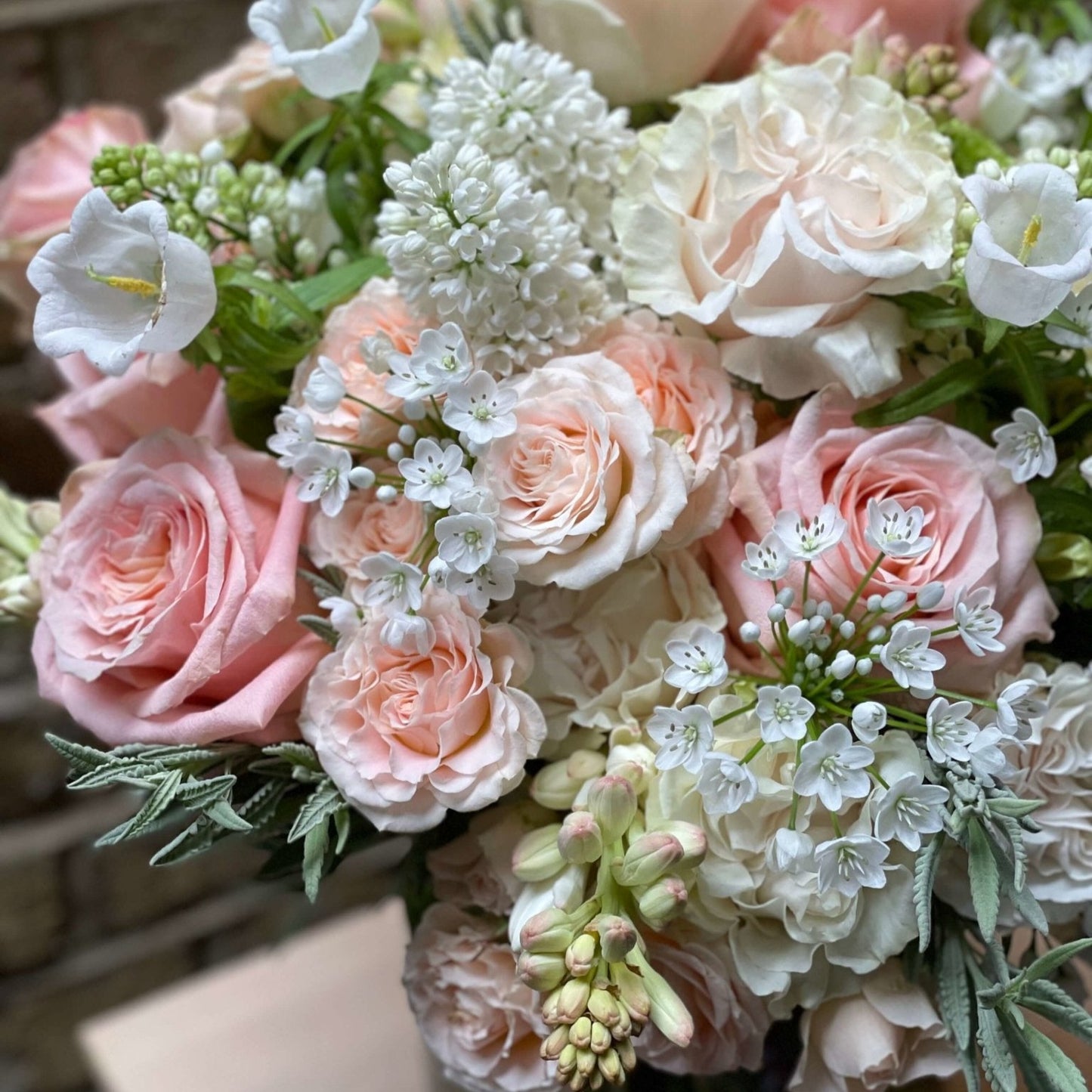Roses are more than just flowers — they’re history, fragrance, color, and emotion all wrapped into one perfect bloom. Whether you want a romantic bouquet, a low-maintenance hedgerow, or a show-stopping climbing rose on an arbor, Your ultimate guide to Flowers rose! will walk you through everything you need: varieties, planting, care, pruning, pests & disease control, design ideas, and practical tips for gardeners in the United States, United Kingdom, and Canada.Why roses? A quick love letter to the roseRoses have been cultivated for thousands of years for their beauty, scent, and symbolism. They suit formal gardens, cottage-style borders, containers, and even urban balconies. From the refined lines of hybrid tea roses to the wild, fragrant clusters of old garden roses, there’s a rose to match almost every climate, personality and garden style.Use this guide, Your ultimate guide to Flowers rose!, to choose the right rose for your space and keep it flourishing year after year.## Rose types — pick the right rose for your gardenHybrid TeaTall, single blooms per stem — classic long-stemmed roses for cutting.Best for formal beds and bouquets.FloribundaClusters of blooms; excellent repeat flowering.Great for mass planting and mixed borders.Shrub Roses & Landscape RosesTough, disease-resistant, low-maintenance.Ideal for hedges, mass planting, or beginner gardeners.Climbing & Rambling RosesLong canes that climb trellises, fences, or arches.Use for vertical drama or to soften structures.Old Garden Roses & Heritage VarietiesStrong fragrance and historic charm.Often more cold-hardy and disease-tolerant.Miniatures & Patio RosesDwarf forms for containers and small gardens.Perfect for balconies and patios in urban homes.## Planting roses: when, where, and howBest time to plantIn most of the United States and Canada, plant in spring after the last frost or in early fall (allowing roots to establish).In the United Kingdom, plant in early spring or autumn when the soil is workable and not waterlogged.LocationFull sun is ideal: 6+ hours of direct sunlight daily for best flowering.Good air circulation reduces fungal diseases—avoid overly shaded, cramped corners.SoilRoses prefer well-draining loamy soil with organic matter.Aim for a pH of about 6.0–6.8.Improve heavy clay with compost; lighten sandy soils with compost and well-rotted manure.Planting stepsDig a hole twice as wide and as deep as the root ball.Mix compost into the backfill.Position the graft union (if present) slightly above soil in warmer climates, or at soil level in colder areas.Water well and mulch to retain moisture.## Watering, feeding, and mulchingWater deeply once or twice a week depending on weather; surface watering encourages shallow roots.Mulch 2–3 inches around the base to conserve moisture and suppress weeds—keep mulch away from direct contact with stems.Feed roses with a balanced rose fertilizer in spring and again after the first flush of blooms. Organic options like compost, fish emulsion, or well-rotted manure work superbly in all three regions (US/UK/Canada).## Pruning and deadheading — the secret to more bloomsPruning basicsPrune in late winter/early spring when buds swell (timing varies by region).Remove dead, crossing, or weak wood; aim for an open vase shape to improve air flow.For climbers, prune after flowering to avoid cutting next year’s flowering wood.DeadheadingRemove spent blooms to encourage repeat flowering.For hybrid teas, cut back to a healthy outward-facing bud.## Pests and diseases — common problems and gentle solutionsAphids, thrips, and spider mitesBlast with water, introduce ladybugs, or use insecticidal soap in the morning.Black spot and powdery mildewPlant disease-resistant varieties, improve air circulation, and remove infected leaves.Apply organic fungicides or a copper spray if needed; avoid overhead watering.Rose rosette and systemic diseasesRemove and destroy affected plants promptly; consult local extension services if unsure.Regional note: cold, wet winters in parts of the UK and Canada can favor fungal disease; timely pruning and mulch management are crucial.## Design ideas: using roses in the gardenCottage garden: mix shrub roses with foxgloves, delphiniums, and lavender for scent and texture.Formal beds: use hybrid teas and clipped hedging for structure.Climbers: grow over arbors or pergolas for romantic entries.Containers: choose patio roses or miniatures for balconies and terraces in urban settings.Practical tips — quick wins for every gardenerChoose varieties labeled disease-resistant if you want low-maintenance roses.Plant companion species like lavender, catmint, or alliums to deter pests and attract pollinators.For winter protection in cold zones (Canada/US northern states), mound soil or mulch up around the base in late autumn.Use a soil thermometer or calendar to time feedings and sprays for your specific climate zone.Keep a pruning kit (sharp shears, gloves, disinfectant) handy to make clean cuts and prevent disease spread.When buying roses, inspect roots and stems—avoid dry roots or canes with damage.Rose care calendar (seasonal snapshot)Spring: Prune, feed, plant new roses.Summer: Deadhead, monitor pests, deep-water during heat.Autumn: Reduce feeding, clear fallen leaves, mulch for winter.Winter: Protect roots in cold zones; minimal watering for potted roses indoors.Conclusion: make roses part of your garden storyWhether you’re a beginner or a seasoned gardener, Your ultimate guide to Flowers rose! proves roses are achievable and rewarding. Choose the right type for your climate and space, plant carefully, and give them consistent but gentle care. The reward? Seasons of color, fragrance, and the timeless joy of roses in bloom — from a single pot on a balcony to a sweeping rose-bordered lane.Ready to bring roses into your garden? Start with one variety that matches your maintenance goals and climate, and let the learning (and the scent) begin. 🌹

